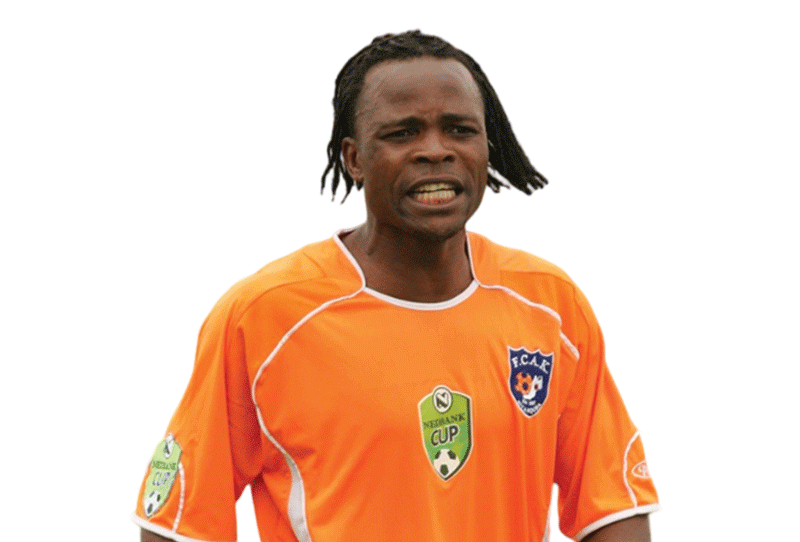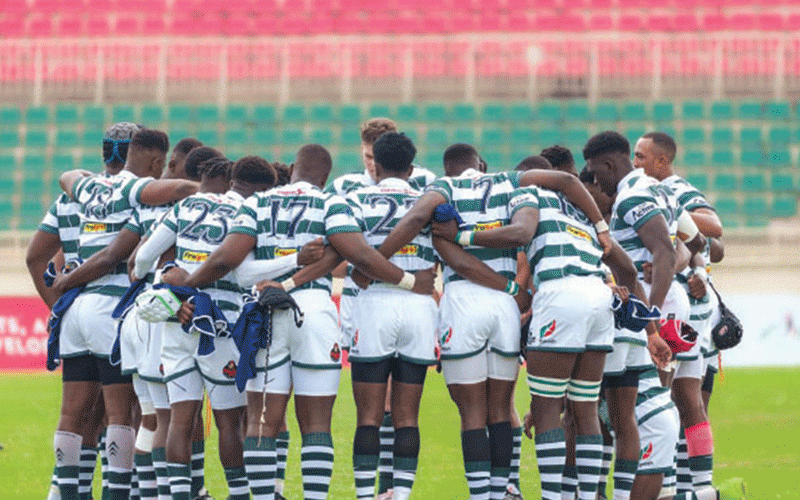
ZIMBABWE has wonderful memories of the Sevens Rugby World Cup, and when the Cheetahs land in Dubai in March for their third-ever appearance in the tournament, keen interest will again be generated in the local rugby fraternity.
It is not so much about results, but mainly because the country’s previous two appearances in the exhilarating showcase have been a take-off point to stardom for a number of top rugby players from this country, and signs are that quite a few from the current team will also use it as a launch pad to greater prominence.
The 1997 tournament in Hong Kong, the second-ever Sevens Word Cup and Zimbabwe’s first, unearthed a diamond in a diminutive 22-year-old called Kennedy Tsimba. Until then, Tsimba’s claim to fame had only been as the upcoming younger brother of the very popular Richard, who represented Zimbabwe with distinction at the 1987 and 1991 XVs World Cups.
But the younger Tsimba’s obvious class meant he didn’t stay long in his brother’s shadow. A mere two years down the line, he was being touted by pundits and fans alike as arguably the best flyhalf in rugby union at his peak in the Super 12 competition.
He became Zimbabwe’s first black rugby captain in 1999 before he rose to real eminence in South Africa, only failing to play for the Springboks because of a technicality.
Tsimba was in good company in the 1997 squad. His sidekick, the hugely talented but volatile Victor Olonga, later captained the Sables with an iron-fist approach and also played in England for many years.
The 1997 team was captained by Campbell Graham and included players like Isaac Mbereko, Willie Schultz and Craig Brown. Flyhalf Brown has the very enviable feat of having played in two XVs World Cups for the Sables, in 1987 and 1991, and one Sevens World Cup for the Cheetahs in 1997.
Previously, a Zimbabwe team had participated in a World Cup qualifying tournament in Sicily, Italy, in 1992. It was the first time Sevens rugby was played at a national level by Zimbabwe.
- Chamisa under fire over US$120K donation
- Mavhunga puts DeMbare into Chibuku quarterfinals
- Pension funds bet on Cabora Bassa oilfields
- Councils defy govt fire tender directive
Keep Reading
Although they did not qualify for the resultant World Cup finals in Scotland in 1993, the side was dominated by players who had already tasted top international rugby. Only Victor Olonga, Deon Pistorius and Bruce Lindsay could be regarded as rookies.
The rest of the squad – Brendan Dawson, Adrian Garvey, Bedford Chimbima, Ian Noble, Andy Ferreira, Willie Schultz and Craig Brown – were called up mainly because of their 1991 World Cup experience for the Sables.
Loose forward Dawson went on to become the country’s most capped international with over 100 appearances in the green-and-white stripes of Zimbabwe. He is currently the national team coach.
His Bulawayo mate, Garvey, went a huge step further. The “Turbo Prop”, as he was nicknamed when he later switched allegiance to South Africa, became a World Cup winner in 1995, albeit in Springbok colours. The huge-framed but pacy Garvey is one of a few sportsmen in modern years to play in two World Cups for two different countries.
In 2001 Zimbabwe qualified for the World Cup again, hosted by Argentina. Olonga captained a youthful but star-studded side that comprised of Antony Papenfus, Karl Mudzamba, Taffy Manyimo, Charlton McNab, Ryan Bekker, John Ewing, Mordecai “Bhuru” Mwerenga, Leon Greeff and Jeff Tigere. They all proceeded to represent Zimbabwe at XVs.
The Cheetahs are but just over a month away from their third Sevens World Cup, and time has done little to dull the old guard’s stories surrounding the previous tournaments.
Which stars will be born in the forthcoming tournament?
With the untapped quality that is in the current team, what is almost certain is that all of the 12 players who will travel to Dubai will make an impression given a chance, as already shown in the IRB World Sevens Series.
Prop Gardner Nechironga has been the most outstanding player for the Cheetahs in the last three tournaments. Gangling but fit, quick and with a nose for the gap, he could just be the man to watch for Zimbabwe again.
Nechironga’s front-row partners, Fortune Chipendo and captain Jacques Leitao are experienced for their relative young ages and will make headway with their strength upfront.
In the backline, star centre Daniel Hondo is the key man. His forte is defence, but he is also equally devastating with ball in hand and a whiff of space in front of him.
Tear-away winger and chief finisher Wes Mbanje, the other talisman in the team, should use the stage to get the recognition his talents befit.
Mbanje’s deputy at wing is Gerald Sibanda, who can also play centre. He is fast and powerful, and has now added prolific scoring to his game.
Scrumhalf Tangai Nemadire is another speed merchant with good, incisive skills.
Willis Magasa, a playmaker, is battling a shoulder injury, but when fit he is a delightful ball artist and hard tackler despite his slight built which should be a disadvantage but has never really been an issue.
Cleopas Makotose is already a national captain at XVs, and in Sevens terms is also a very forceful player who is never short of self-belief.
The magnificent Sevens Stadium in Dubai on March 4 and 5 will be the setting for this group of players to stake their claim as the next generation of Zimbabwean rugby heroes.
BY ENOCK MUCHINJO











